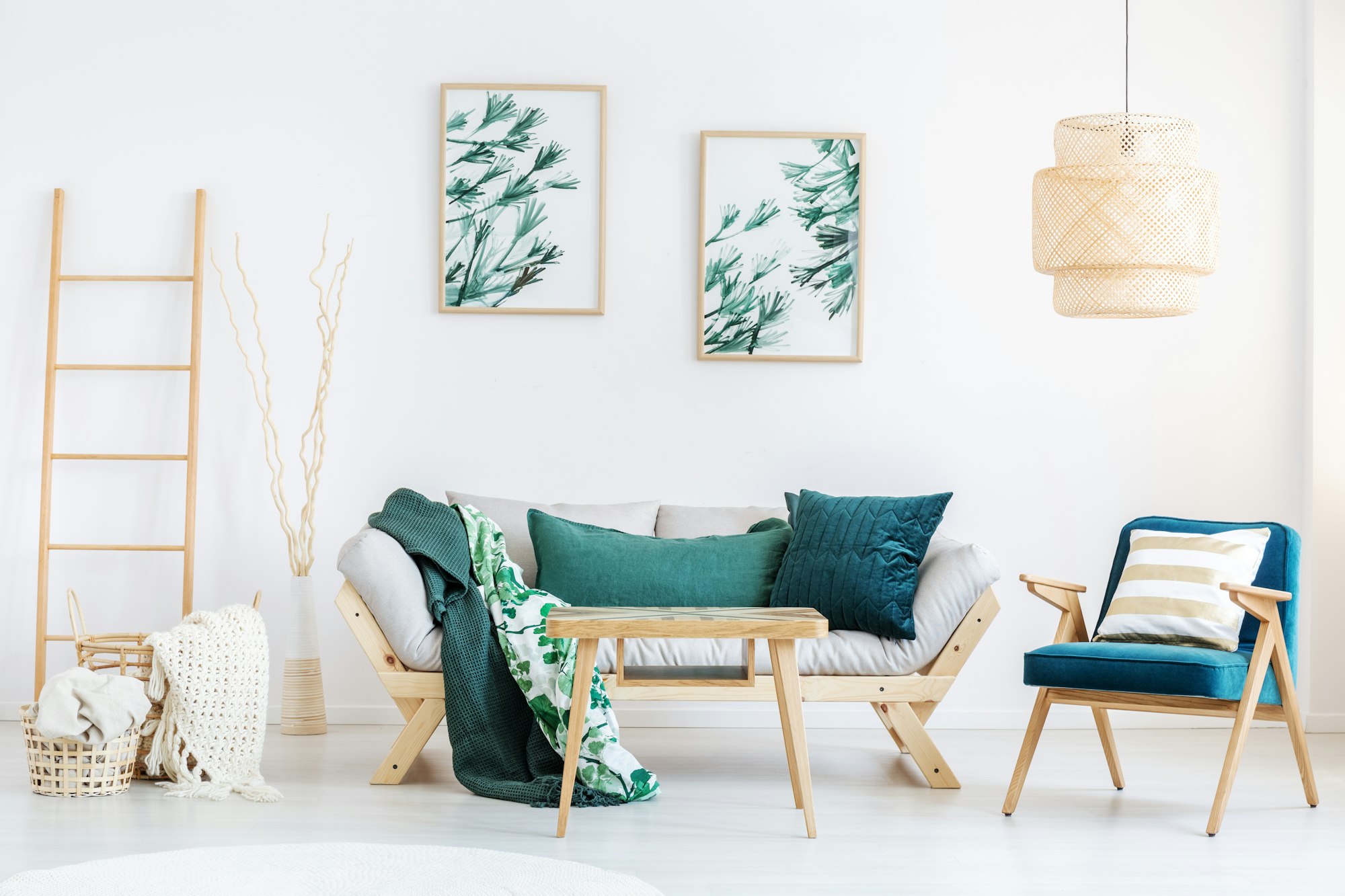
Cool new trends in building design are making buildings more earth-friendly.
People are using materials like bamboo, old wood, and bioplastics to make buildings. They're also making sure buildings use less energy with better insulation and smart tech, making heating and cooling smarter.
Buildings can earn a special badge called LEED if they use solar panels.
There's also a focus on saving water by collecting rainwater and recycling used water.
All these steps help take care of our planet as we build new places.
Want to learn more about how buildings can be better for the environment? Keep exploring!
Sustainable Material Innovations
Sustainable materials are changing the way we build things, making it easier to be kind to our planet. Materials like bamboo and old wood that's reused are great because they look nice and are better for the Earth.
There are also cool materials like bioplastics and mycelium, which can break down naturally and don't hurt the environment as much. Some special types of concrete can even take in CO2, which helps fight climate change.
By using materials that have been used before, like old wood and bricks, we don't need to use as many new resources and we create less trash. Choosing these green materials helps builders do better for the world.
More people are using paints and finishes that don't give off strong smells or harmful stuff, which makes the air inside buildings better to breathe.
Using recycled materials isn't just good for the Earth; it also meets a growing need for building in ways that don't harm our planet. When builders pick these smart, eco-friendly choices, they make their projects look good and do good for the environment too.
Energy Efficiency Strategies
Energy-saving methods are super important for using less energy all over the world and making our homes comfy and good for the planet. By putting in really good insulation, our houses stay warm in winter and cool in summer without using a lot of energy. This helps us save money on energy bills and keeps our homes feeling just right.
Using smart tech in buildings is another cool way to save energy. These smart systems can adjust things like heating and air conditioning on their own, depending on how many people are in the room and what the weather is like outside. Also, designing homes to take advantage of the sun's light and warmth means we don't need to use as much electricity for heating and lighting.
Getting a LEED certification is like getting a gold star for energy-saving buildings. It encourages builders to use things like solar panels that make clean energy from the sun. This special certification shows that a home is built in a way that really thinks about our planet by using materials and methods that don't waste energy.
Water Conservation Techniques
When building eco-friendly houses, it's really important to use less water and save energy. One cool way to do this is by collecting rainwater. This means catching rain and storing it to water gardens or flush toilets, which helps use less city water.
Another neat trick is using greywater recycling. This takes water that's already been used in sinks or washing machines and uses it again for things like watering plants, cutting down how much fresh water we need by a lot.
Then, there's something called xeriscaping, which is a fancy word for using plants that don't need much water and arranging them in a way that they hardly need any extra watering. This is super helpful for saving water.
Also, putting in things like low-flow toilets and showerheads can make a big difference. They use way less water than normal ones.
Lastly, smart irrigation is a high-tech way to water plants only when they really need it. It uses sensors in the soil to figure out how dry it's and then waters the plants just the right amount, so no water is wasted.
Frequently Asked Questions
What Are the Emerging Trends in Sustainable Architecture?
In sustainable architecture, we're seeing some cool new trends like biophilic design, which means bringing more nature into buildings. Also, there's adaptive reuse, where old buildings get updated instead of torn down, saving materials and history. Plus, smart technology is being used more to help buildings save energy. These ideas help buildings use less energy, take advantage of natural light and air, and even grow food on rooftops. They also try to use materials that don't harm the environment.
What Are the Sustainable Design Trends in 2024?
In 2024, cool eco-friendly design trends are popping up! Imagine buildings with walls full of plants, called vertical gardens, which help keep the air clean. There are also smart gadgets that save energy and materials that can be recycled or come from nature, like bamboo. Plus, there's a big focus on not wasting things and saving water. All of this helps people and the environment get along better.
How Can Modern Buildings Be Designed to Be Environmentally Friendly?
To make modern buildings good for the environment, you can use solar panels to get energy from the sun. Also, using special materials that don't harm the earth and adding lots of plants inside and outside helps. It's also smart to use systems that save water and energy. Plus, you can design buildings to use the natural wind for cooling instead of always using air conditioning.
What Is the Trend for Green Buildings?
Green buildings are all about saving energy and helping the environment. They use sunlight for power and clever designs to keep the inside temperature comfortable. Instead of regular materials, they use ones that are better for the Earth. They also have plants around to add more green space and use special tech to use less water and reduce trash. Plus, they really focus on using energy from sources that can be renewed, like wind and solar power.









